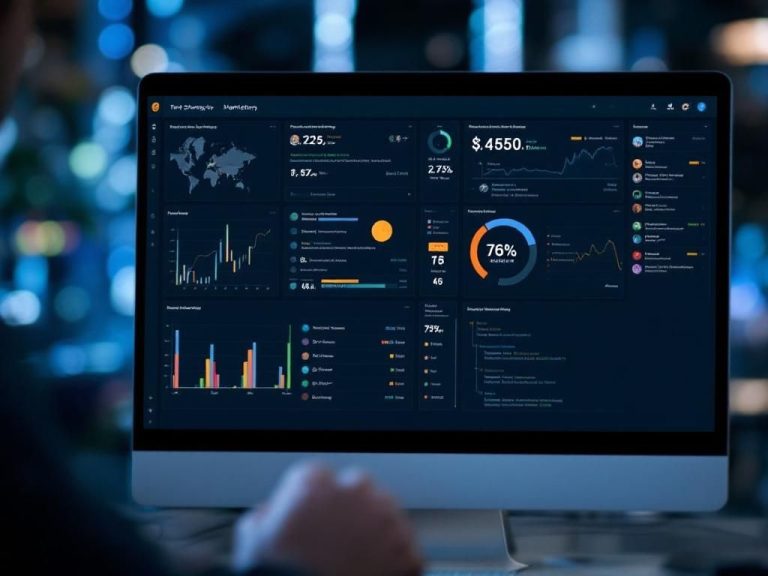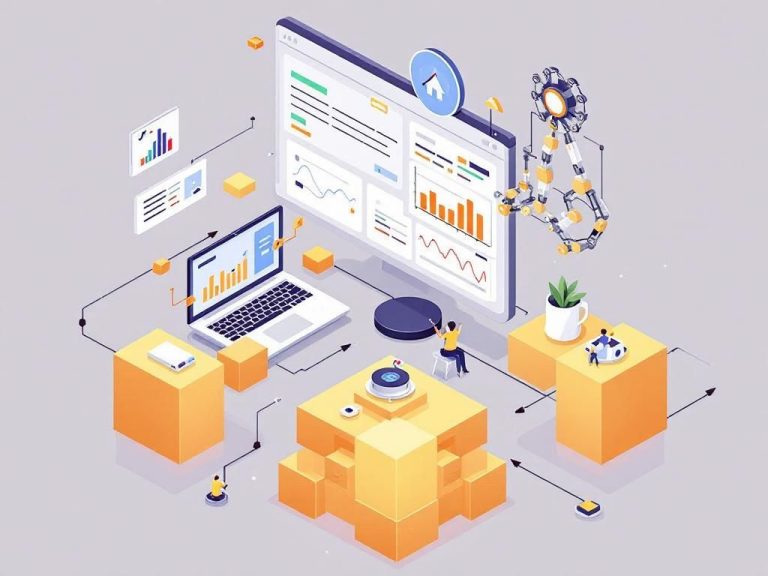In the rapidly evolving field of data science, machine learning has emerged as a cornerstone technique for deriving insights and making predictions from complex datasets. For data scientists, having the right set of tools is crucial for effectively implementing machine learning algorithms, visualizing data, and optimizing performance. This article explores some of the best machine learning tools available today that every data scientist should consider adding to their toolkit.
Understanding Machine Learning Tools
Machine learning tools encompass a wide range of software, frameworks, and libraries that facilitate various stages of the machine learning process, from data preparation to model deployment. Whether you are working on supervised learning, unsupervised learning, or reinforcement learning, choosing appropriate tools can significantly enhance your productivity and the quality of your results.
Key Categories of Machine Learning Tools
1. Programming Languages
The choice of programming languages plays a fundamental role in machine learning. The two most popular languages are:
- Python: Renowned for its simplicity and versatility, Python offers an extensive collection of libraries for data analysis and machine learning.
- R: Particularly favored in academic and research contexts, R excels in statistical modeling and visualization.
2. Libraries and Frameworks
There are several powerful libraries and frameworks that streamline the process of building and deploying machine learning models:
| Library/Framework | Description | Usage |
|---|---|---|
| TensorFlow | A comprehensive open-source platform for machine learning. | Deep learning applications. |
| PyTorch | A flexible deep learning framework known for its dynamic computation graph. | Research and production. |
| Scikit-learn | A Python library for classical machine learning algorithms. | Model building, evaluation, and deployment. |
| Keras | A high-level neural networks API that runs on top of TensorFlow. | Quick prototyping of deep learning models. |
| XGBoost | An optimized gradient boosting library designed for speed and performance. | Competitions and production. |
3. Data Visualization Tools
Data visualization is crucial for interpreting results and communicating findings effectively. Here are some essential visualization tools:
- Matplotlib: A foundational plotting library for Python, perfect for creating static, animated, and interactive visualizations.
- Seaborn: Built on Matplotlib, Seaborn makes it easier to create attractive statistical graphics.
- Tableau: A powerful business intelligence tool that allows users to create interactive visualizations and dashboards.
- Power BI: A tool for transforming raw data into informative insights through interactive visualizations and business intelligence capabilities.
Integrated Development Environments (IDEs)
Using the right IDE can enhance your coding efficiency. Consider these popular IDEs:
- Jupyter Notebook: Ideal for data exploration and visualization, Jupyter allows you to combine code and documentation.
- PyCharm: A robust IDE specifically designed for Python, offering code analysis, a graphical debugger, and support for web development.
- RStudio: An IDE for R that provides a user-friendly interface for R programming and supports package development.
Data Preparation and Preprocessing Tools
Data quality is paramount in machine learning, making preprocessing tools essential:
- Pandas: A Python library offering data structures and operations for manipulating numerical tables and time series.
- NumPy: A library for numerical computations in Python, providing support for arrays and matrices.
- Apache Spark: A powerful distributed computing framework that allows for handling big data processing efficiently.
Model Deployment Tools
Once your model is trained, deployment tools ensure that it can be used in a production environment:
- Docker: A tool that allows you to package applications into containers, ensuring consistency across different environments.
- Flask: A lightweight web framework for Python that can be used to deploy machine learning models as web services.
- TensorFlow Serving: Specifically designed for serving TensorFlow models in production environments.
Collaboration and Version Control
Collaboration tools help data scientists work together effectively, particularly on larger team projects:
- Git: A version control system that allows teams to manage changes to source code over time.
- GitHub: A web-based platform for version control and collaboration, enabling projects to be shared and managed across teams.
- Jira: A project management tool that helps teams plan, track, and manage software development projects.
Conclusion
As data science continues to grow, the tools available to data scientists are becoming increasingly sophisticated and diverse. By understanding and utilizing the right machine learning tools, data scientists can maximize their efficiency, enhance their analyses, and ultimately drive better decision-making processes. Whether you are just starting or are a seasoned professional, integrating these tools into your workflow will empower you to tackle a multitude of data challenges with greater confidence and success.
FAQ
What are the top machine learning tools used by data scientists?
Some of the best machine learning tools include TensorFlow, PyTorch, Scikit-learn, Keras, and Apache Spark.
Why is TensorFlow popular among data scientists?
TensorFlow is popular due to its flexibility, scalability, and comprehensive ecosystem for building machine learning models.
How does Scikit-learn benefit data analysis?
Scikit-learn provides a user-friendly interface and a wide range of algorithms for classification, regression, and clustering, making it ideal for data analysis.
What is the role of Keras in machine learning?
Keras is a high-level neural networks API that simplifies the creation of deep learning models, making it accessible for beginners and efficient for experts.
Which machine learning tool is best for big data processing?
Apache Spark is best for big data processing as it offers in-memory computation and can handle large datasets efficiently.
Are there any open-source machine learning tools?
Yes, many machine learning tools like Scikit-learn, TensorFlow, and PyTorch are open-source, allowing for collaboration and customization.




